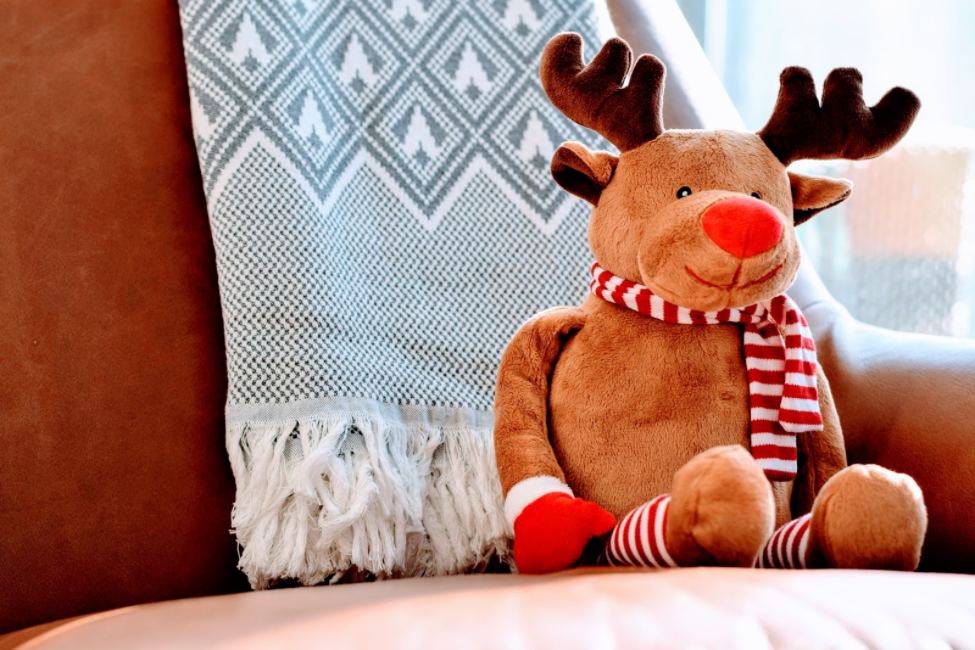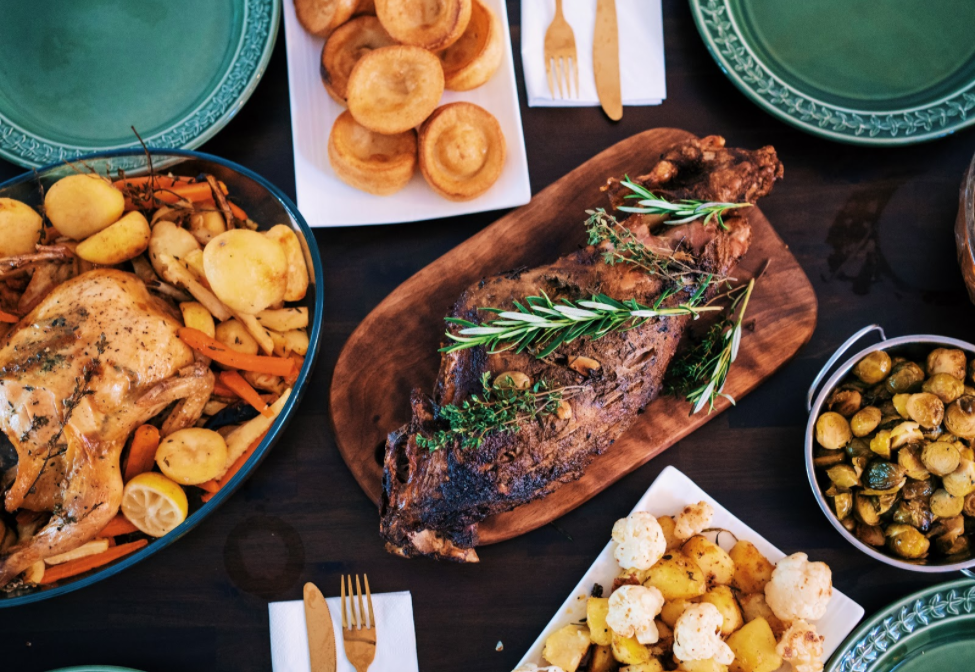What are Santa’s Reindeer Called?

Santa’s famous roster of reindeer is often a point of dispute: over the years, people have disagreed over what the reindeer are called, how many of them there are, what they could do, and even what gender they are. These disputes are rooted in the rich literary history that defined Santa over the centuries.
The first known mention of Santa’s reindeer comes in an anonymous illustrated 1821 poem entitled Old Santeclaus with Much Delight. In this poem, only one anonymous reindeer is depicted in both the text and illustration of the poem, and it is suggested that it can fly, as it is said to drive the sleigh “O’r chimney tops”. Later in 1823, Clement C. Moore’s poem entitled A Visit from St Nicholas expanded on the reindeer trope, naming eight reindeer: Dasher, Dancer, Prancer, Vixen, Comet, Cupid, Dunder, and Blixem. Dunder and Blixem, Dutch words for thunder and lightning (in homage to the Dutch origins of Santa Claus’s own name) over time morphed into Donner and Blitzen.
However, to some, eight reindeer was not enough: in 1902, L. Frank Baum wrote The Life and Adventures of Santa, adding two reindeer, taking their ability to fly, and changing all of their names: in his book, they were known as Glossie, Flossie, Racer, Pacer, Reckless, Speckless, Fearless, Peerless, Ready, and Steady. This attempt to rewrite Christmas history was not well received, and the original eight reindeer remain the more widely accepted canon. In 1939, Robert Lewis May tried to change the number of reindeer again, by adding Rudolph the Red-Nosed Reindeer in the eponymous book, which was received extremely well. Many attribute May’s success to the fact that Rudolph’s story resembled the American Dream: he overcame ridicule and became a leader, simply by proving himself through the power of merit. Others point to the fact that unlike Baum, May did not try to replace the reindeer entirely, instead choosing to simply add an extra reindeer.
Unfortunately, Rudolph’s relatively new origins and fame meant that his depiction in popular media was extremely common, but at the same time, extremely inconsistent: his parents keep changing from TV special to TV special, his siblings and cousins never remain the same, and all efforts to this day to expand on his character have been a complete failure. However, this is not the greatest mishap the reindeers have faced. That title belongs to the incorrect gendering of the reindeer: although most of the time Santa’s deer are depicted as males, they are also depicted as having antlers, which is zoologically inaccurate: male reindeer lose their antlers in December, once the mating season ends, as the antlers only serve the purpose of attracting mates and clashing with rival males. Female reindeer, on the other hand, retain their antlers all year round. Therefore, most depictions of Christmas reindeer are inadvertently depicting female reindeer.
Social

Related Articles
Made with ♥ in the UK | Privacy Policy | Terms & Conditions | © ChristmasClock 2021



